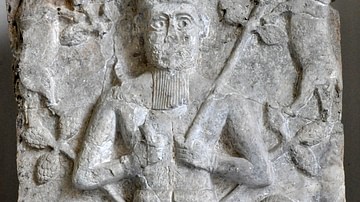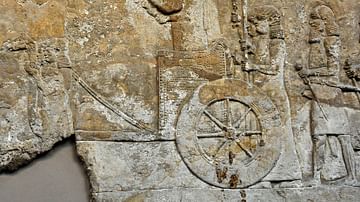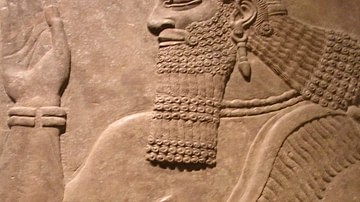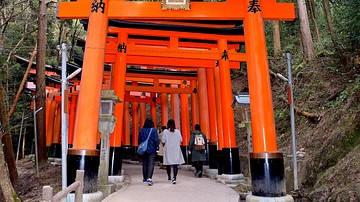Video
Cite This Work
APA Style
Amin, O. S. (2014, September 09). Neo-Assyrian Water Basin from Assur. World History Encyclopedia. Retrieved from https://www.worldhistory.org/video/531/neo-assyrian-water-basin-from-assur/
Chicago Style
Amin, Osama SM. "Neo-Assyrian Water Basin from Assur." World History Encyclopedia. Last modified September 09, 2014. https://www.worldhistory.org/video/531/neo-assyrian-water-basin-from-assur/.
MLA Style
Amin, Osama SM. "Neo-Assyrian Water Basin from Assur." World History Encyclopedia. World History Encyclopedia, 09 Sep 2014. Web. 19 Apr 2024.





